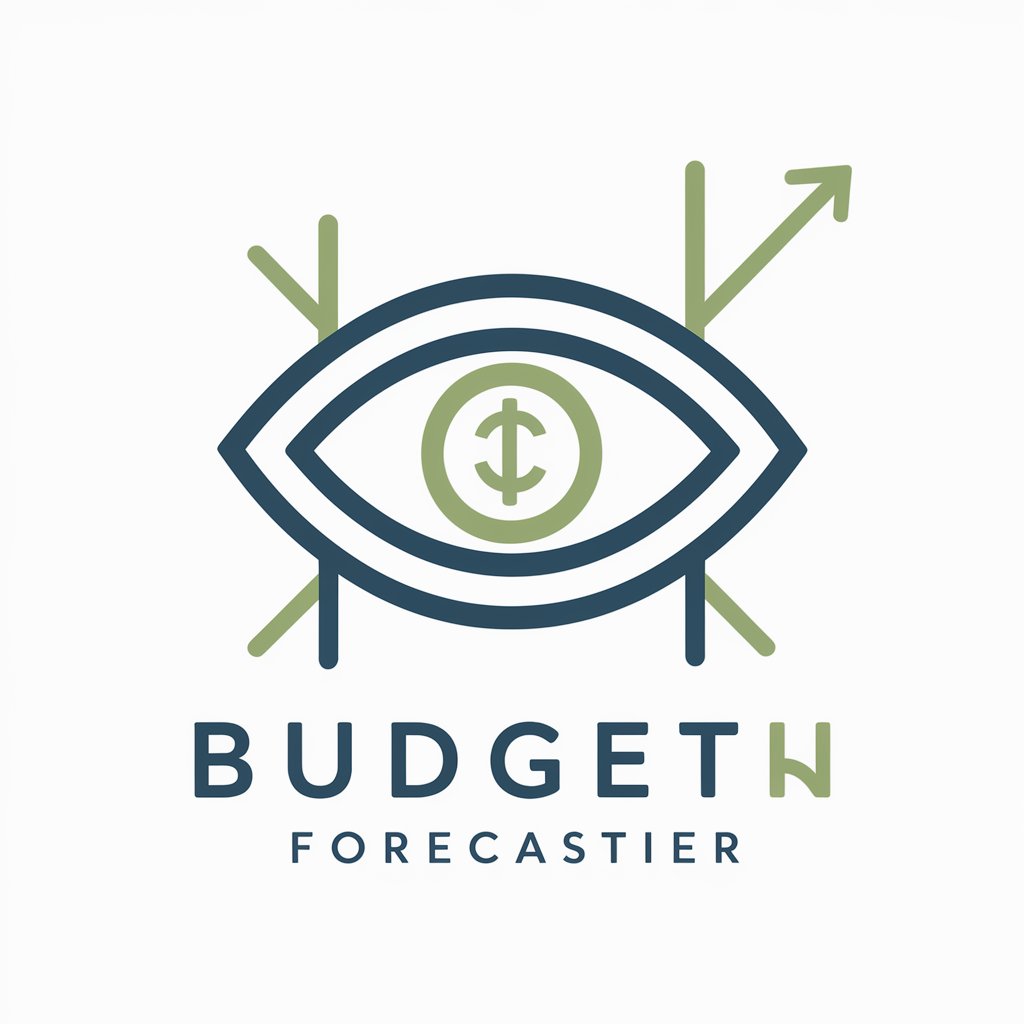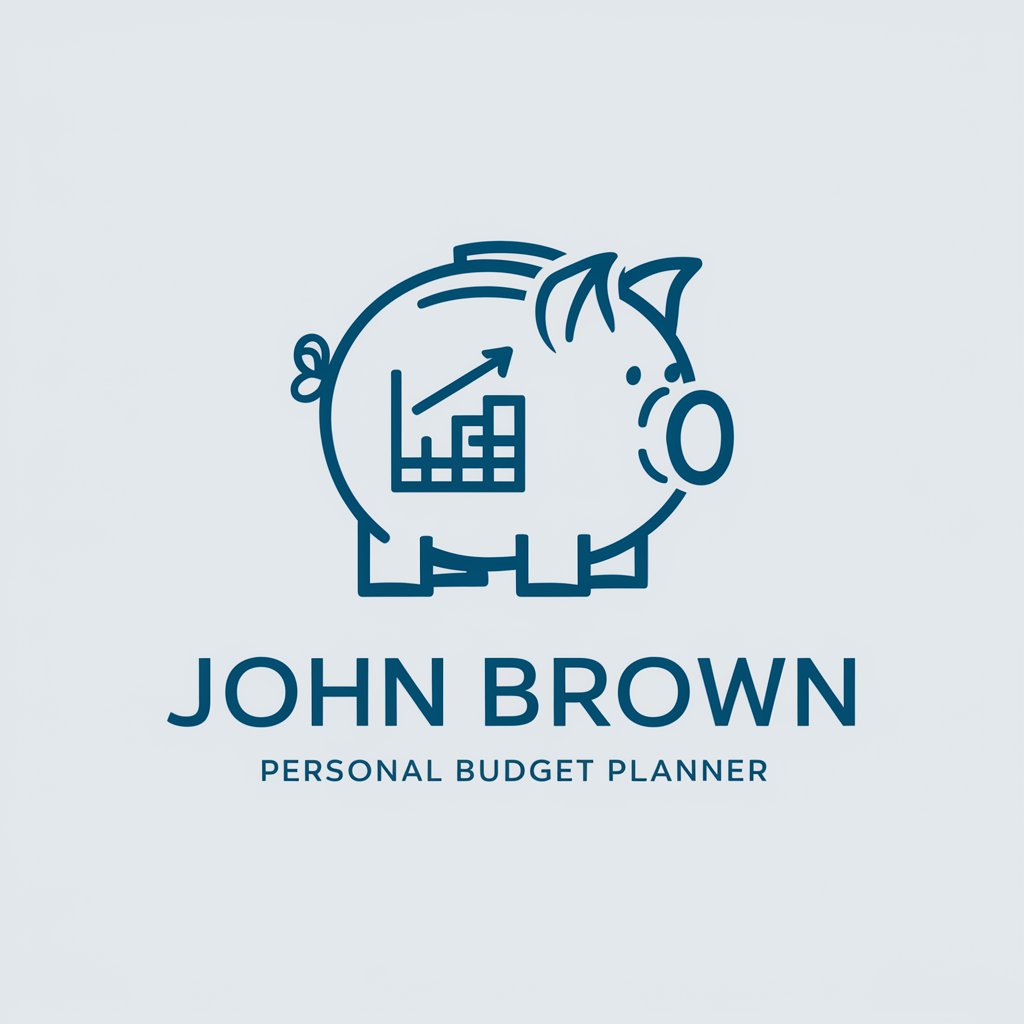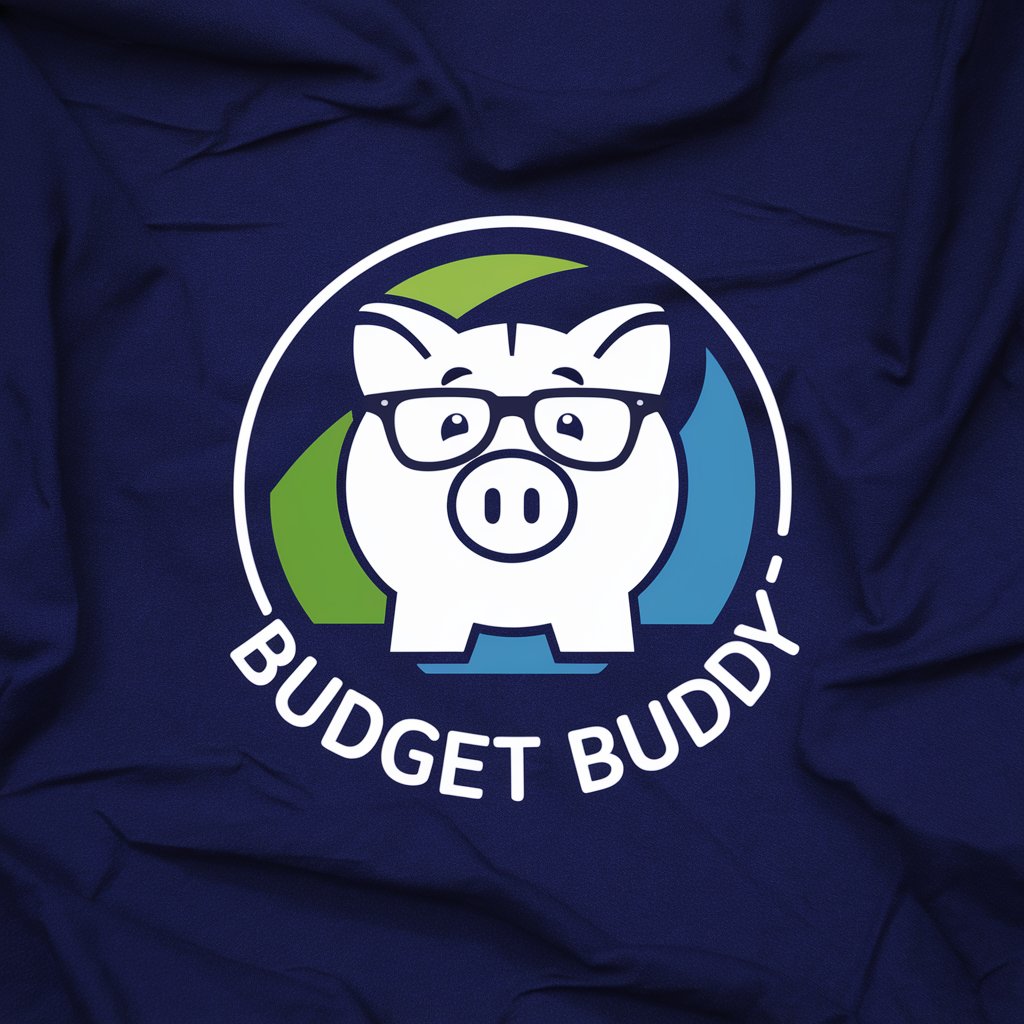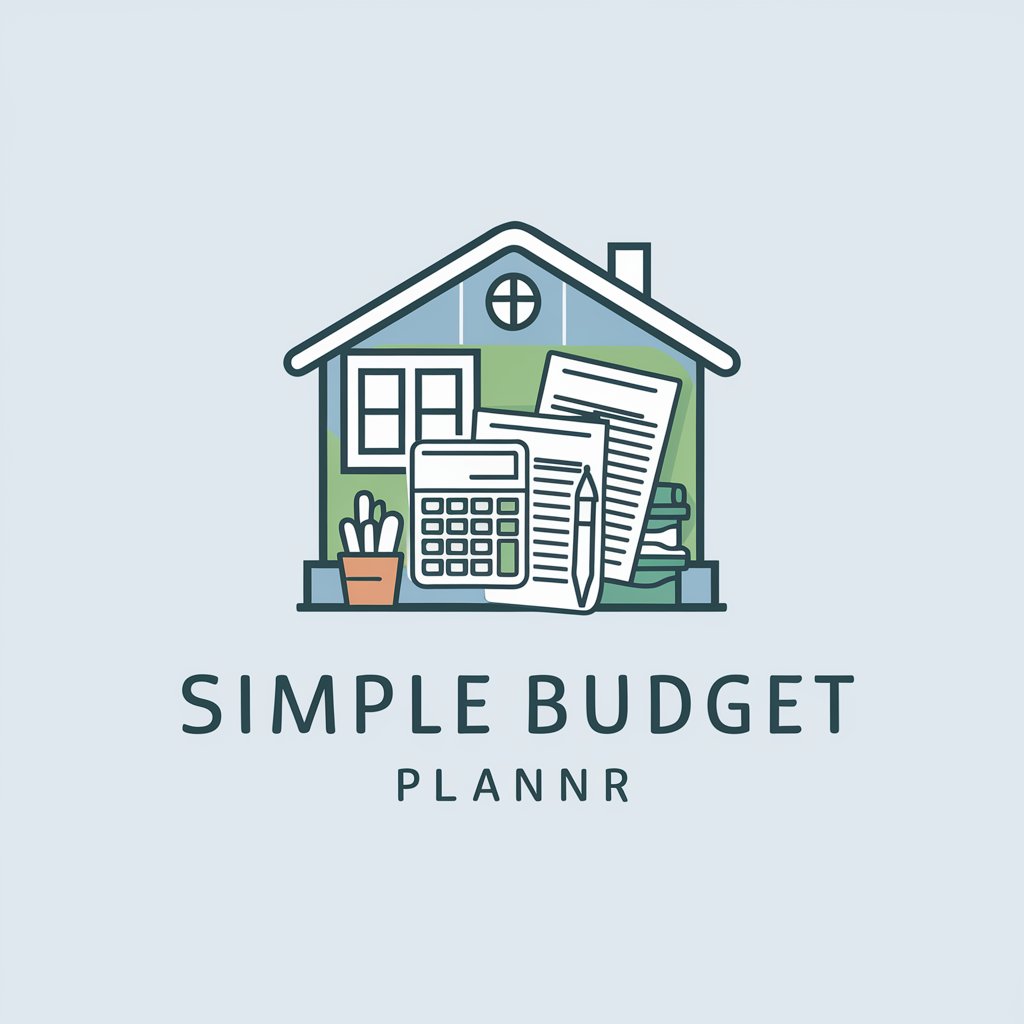
50-30-20 Budget Planner - Easy Budgeting Guidance
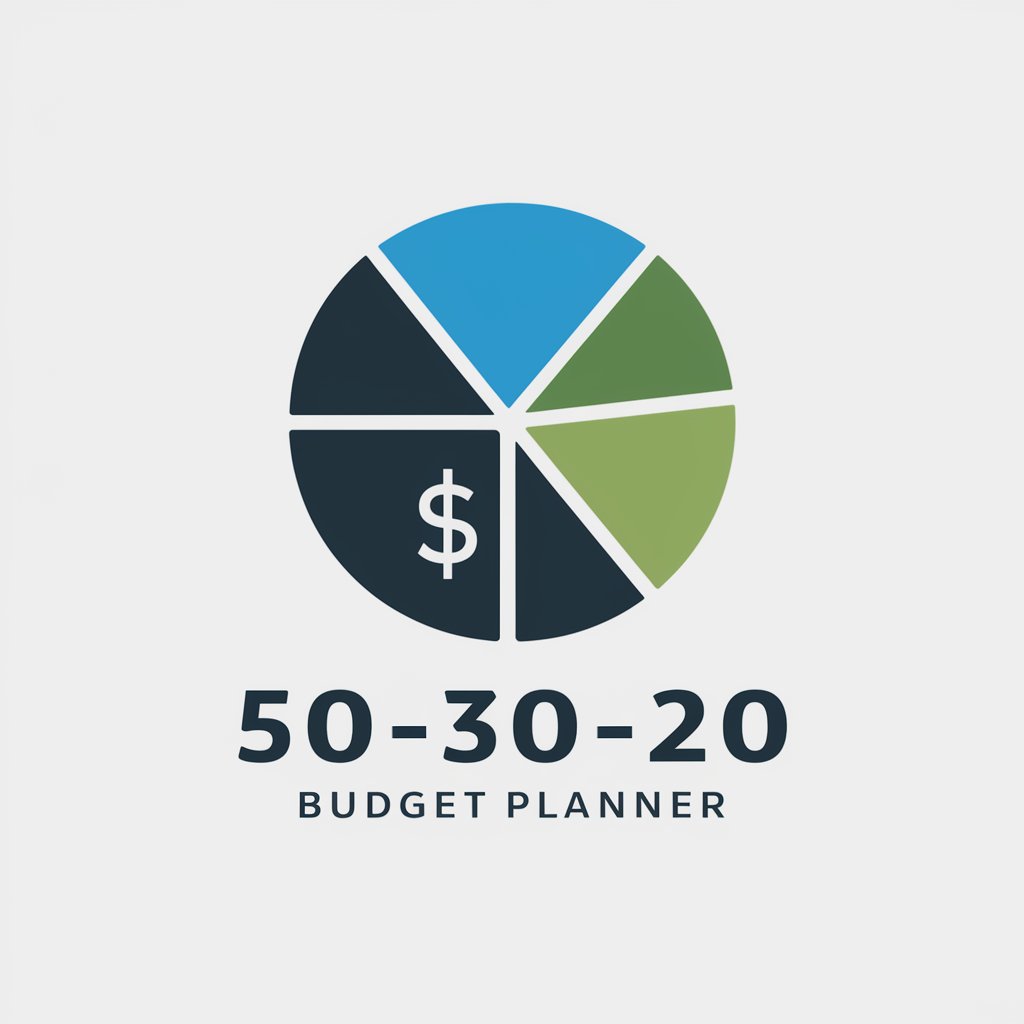
Hi there! Ready to master your budget with the 50-30-20 rule?
Simplify budgeting with AI-powered planning.
Let's break down your monthly budget based on the 50-30-20 rule.
How can I help you optimize your spending using the 50-30-20 budget plan?
Tell me about your financial goals, so we can tailor the 50-30-20 budget to your needs.
What's your current income and expense situation? Let's get started with your 50-30-20 budget.
Get Embed Code
Overview of the 50-30-20 Budget Planner
The 50-30-20 Budget Planner is a financial tool designed to simplify personal budgeting by dividing income into three main categories: needs, wants, and savings. This method advocates allocating 50% of your after-tax income to needs (such as rent, utilities, groceries), 30% to wants (like dining out, entertainment, and other non-essentials), and 20% to savings and debt repayment. The purpose of this planner is to offer a structured yet flexible approach to managing finances, making it easier for individuals to achieve their financial goals while living within their means. For example, someone earning $3,000 monthly after taxes would aim to spend $1,500 on needs, $900 on wants, and save or pay off debt with the remaining $600. This straightforward approach helps users prioritize their spending and savings without meticulous tracking of every single expense, which can be particularly beneficial for those new to budgeting or looking to streamline their financial planning process. Powered by ChatGPT-4o。

Key Functions of the 50-30-20 Budget Planner
Income Categorization
Example
A user inputs their monthly take-home pay, and the planner automatically divides the income into the 50% (needs), 30% (wants), and 20% (savings/debt) categories.
Scenario
John, an office worker, earns $4,000 after taxes each month. He uses the planner to understand how much he can afford to spend on rent, groceries, leisure activities, and how much he should save or use to pay off his student loan.
Expense Tracking
Example
Users can log their daily expenses under the corresponding categories to ensure they stay within their budget limits.
Scenario
Emily, who tends to overspend on dining out, uses the planner to keep track of her spending in the 'wants' category, helping her to adjust her habits and stay within the 30% allocation.
Financial Goal Setting
Example
The planner allows users to set specific financial goals, like saving for a down payment on a house, and tracks progress towards these goals within the 20% savings portion.
Scenario
Alex and Sam are saving for their wedding. They set a goal in the planner and monitor how their monthly savings inch them closer to the amount they need for their big day.
Ideal Users of the 50-30-20 Budget Planner
Young Professionals
Individuals in the early stages of their career, often facing the challenge of managing income and expenses for the first time, benefit from the planner's straightforward structure, helping them establish healthy financial habits early on.
Families
Families juggling multiple financial responsibilities, from household expenses to savings goals like education funds and vacations, find the planner's categorization helpful in prioritizing and managing their complex budgets.
Debt Repayers
Individuals focused on paying down debt can use the 20% savings category to consistently allocate funds towards debt repayment, making the process more manageable and less overwhelming.
Savings and Investment Seekers
Those looking to build their savings or invest for the future benefit from the disciplined approach to allocating funds for savings, ensuring they make consistent progress towards their financial goals.

Using the 50-30-20 Budget Planner
Start Your Budgeting Journey
Head over to yeschat.ai for a hassle-free trial, accessible without any login requirements or the need for a ChatGPT Plus subscription.
Identify Your Income
Calculate your total monthly income after taxes. This will serve as the foundation for dividing your expenses according to the 50-30-20 rule.
Allocate Your Expenses
Distribute your income into three categories: 50% for needs, 30% for wants, and 20% for savings and debt repayment.
Track and Adjust
Regularly monitor your spending to ensure it aligns with the planned budget. Adjust your expenses as necessary to stay on track.
Reflect and Refine
Review your budgeting progress monthly, identify areas for improvement, and refine your budget to better meet your financial goals.
Try other advanced and practical GPTs
Shrimad Bhagavad Gita
Guiding life with ancient wisdom

Patch Tuesday - Vulnerability Insights & Guidance
Empowering Cybersecurity with AI-Driven Insights

OGUC-GPT
Navigate Chile's construction laws with AI

ClownGPT
Your AI-powered digital jester.

Product Manager Coach
Empowering PMs with AI-driven Guidance

HoopMetrics - Live Basketball Analytics
AI-powered Real-time Basketball Analytics

Next.js Docs Bot
Empowering Next.js development with AI

SAMURAIQ Consultants
Empowering SMEs with AI Solutions

DocuMentorPython
Enhancing Python code with AI-powered insights

PDF to JSON Assistant
Transform Documents into Data with AI

Vsauce 2
Empowering Curiosity with AI

Macro Tracker
AI-powered Nutritional Insight
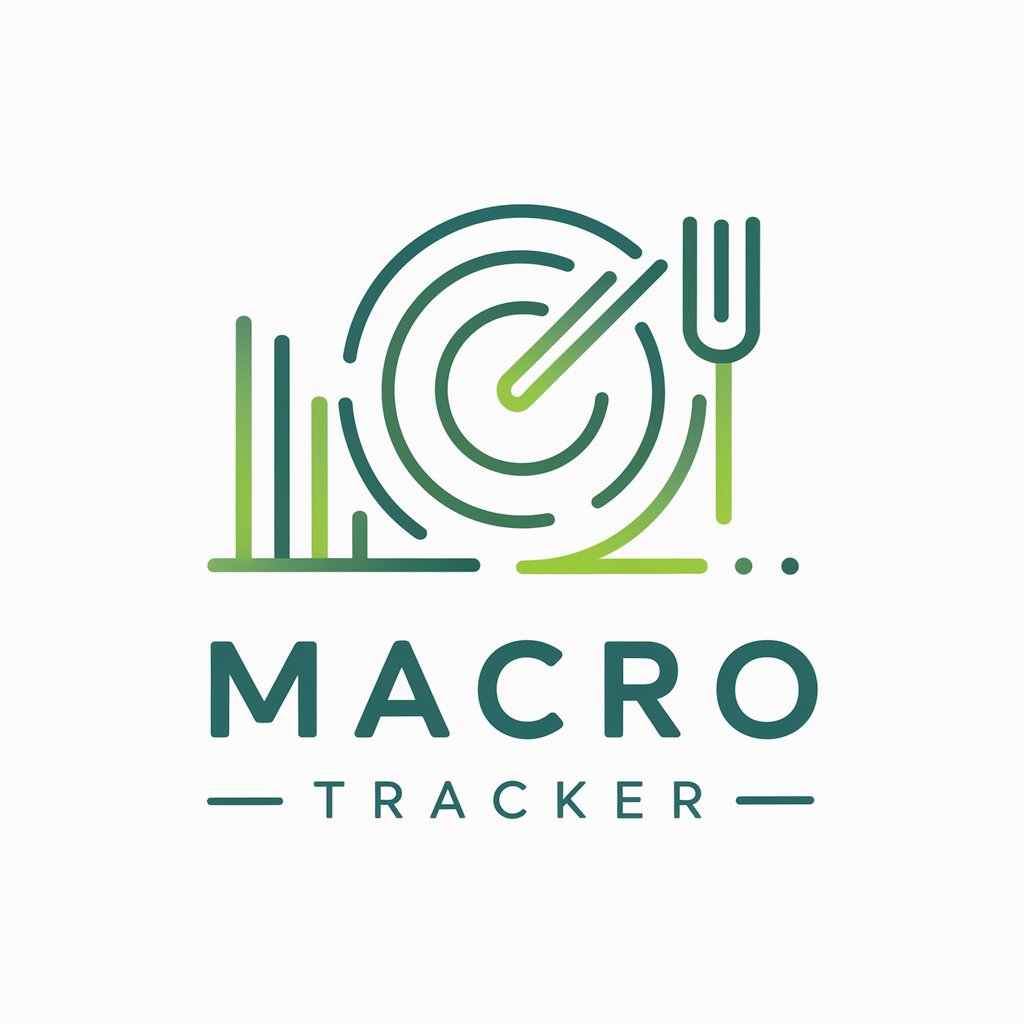
FAQs about the 50-30-20 Budget Planner
What is the 50-30-20 rule for budgeting?
The 50-30-20 rule is a budgeting framework that suggests allocating 50% of your income to necessities, 30% to wants, and 20% to savings and debt repayment.
How can I adjust the 50-30-20 plan to fit a lower income?
For lower incomes, consider adjusting the percentages to prioritize needs and savings. For example, you might shift to a 60-20-20 distribution to ensure essential expenses and savings are covered.
Can the 50-30-20 Budget Planner help with irregular income?
Yes, it's adaptable for irregular incomes. Calculate your average monthly income over the past year to determine your baseline budget, and adjust monthly as needed.
Is the 50-30-20 Budget Planner suitable for freelancers?
Absolutely. Freelancers can benefit by using it to manage variable incomes, ensuring that both fluctuating expenses and savings goals are met effectively.
How does the 50-30-20 Budget Planner assist in debt repayment?
It encourages allocating 20% of your income towards savings and debt repayment, helping you to prioritize reducing debt while simultaneously building your savings.

